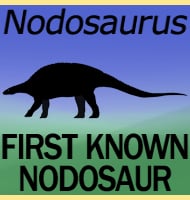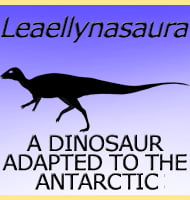In Depth
The name Elanodactylus ‘kite finger’ is actually in reference to a type of bird of prey called a kite, the specific genus in relation to the name being Elanus. This is because like a kite, Elanodactylus had especially long wings that would have made it stand out from other pterosaurs.
Although Elanodactylus has been classed within the ctenochasmatidae, it displays elongated neck vertebrae that are more often associated with the azhdarchid pterosaurs. Many cite this as a case of convergent evolution in pterosaurs and if Elanodactylus was a filter feeder like other ctenochasmatid pterosaurs, then it could have been a very useful adaptation. Filter feeders have to access potentially dangerous areas like mud banks in order to feed, and by having a longer neck, Elanodactylus could search a larger area for food from a safer and more stable position.
Further Reading
– A new pterosaur from the Liaoning Province of China, the phylogeny of the Pterodactyloidea, and convergence in their cervical vertebrae. – Palaeontology 51(2):453-469. – B. Andres & Q. Ji – 2008. – New material of Elanodactylus prolatus Andres & Ji, 2008 (Pterosauria: Pterodactyloidea) from the Early Cretaceous Yixian Formation of western Liaoning, China”, Neues Jahrbuch f�r Geologie und Pal�ontologie, Abhandlungen, 255: 277-286. – Chang-Fu Zhou – 2010.









